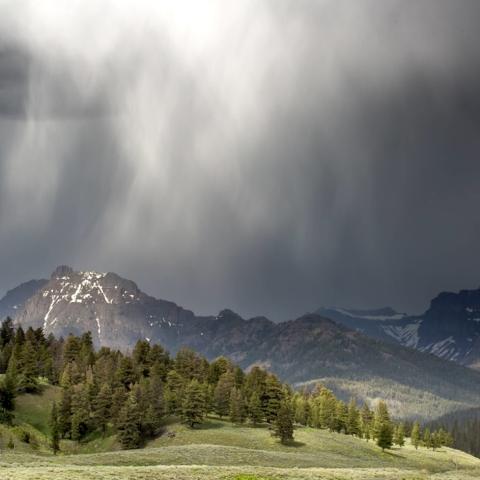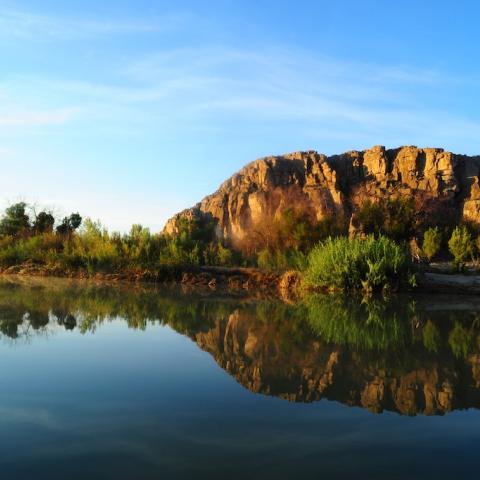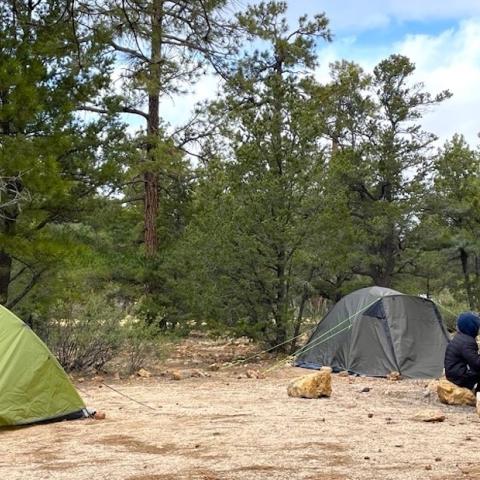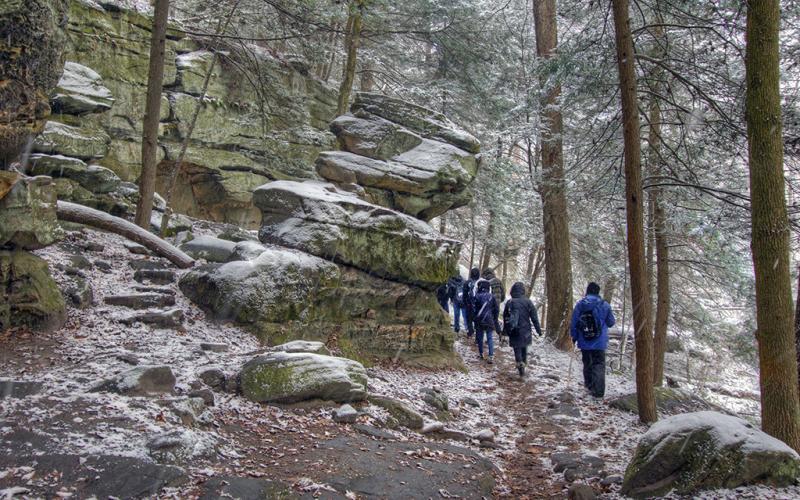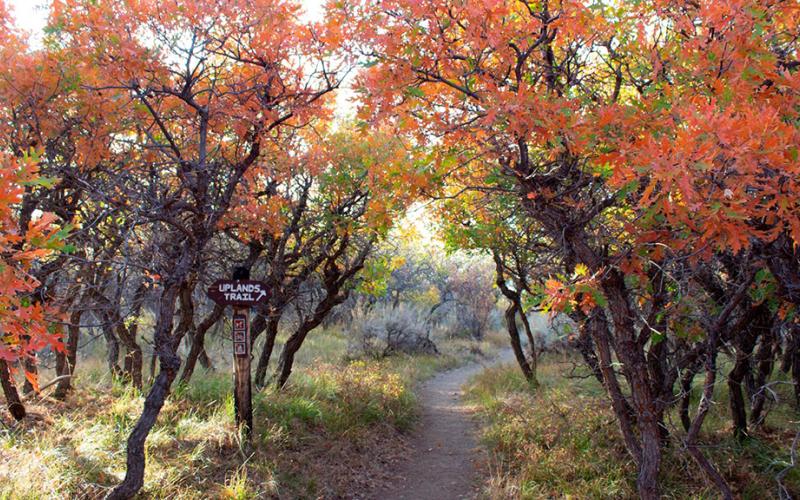
The Quarry Exhibit Hall allows visitors to view the wall of approximately 1,500 dinosaur bones in a refurbished, comfortable space. Here, you can gaze upon the remains of numerous different species of dinosaurs including Allosaurus, Apatosaurus, Camarasaurus, Diplodocus, and Stegosaurus along with several others.





